
With a name like Other World Computing, you can bet we’re incredibly interested in space exploration. That’s why we were so excited to read that China’s Chang’e-3 spacecraft delivered a six-wheeled rover named Jade Rabbit to the moon on Saturday.
The moment Jade Rabbit touched down, China joined the U.S. and the former Soviet Union as the only nations to have landed an intact spacecraft on the moon. It was also the first robot to land on the moon in nearly 40 years. The Jade Rabbit will have many abilities, such as being able to dig up soil samples to a depth of 30 meters.
National Geographic broke down what will make Jade Rabbit’s mission unique and important:
“Outfitted with solar panels that the Chinese space agency says successfully opened soon after landing on the moon’s flat lava plains, the SUV-sized lander is now able to generate its own power and has begun to beam its first batch over nearly 60 images back to Earth, with the first hi-def panoramic images of its new desolate home to follow in the next day or two.
The rover’s original landing site was situated within the basin of the 250-mile-wide (400-kilometer-wide) Sinus Iridium, or Bay of Rainbows, a large flat crater visible in the upper-left area of the full moon as seen from Earth. But the Chinese space agency decided to land the rover one orbit early, a bit to the east over Mare Imbrium, the Sea of Rains. This unexplored region offers the potential for discovery of interesting geological features, clear driving for the rover, and grand views of steep crater walls.”
The first photos from China’s moon mission are already online.
Hopefully China’s trip to the moon will renew interest in space exploration in the U.S. and space exploration as a whole. It took intense competition from the USSR to push the U.S. to put a man on the moon. Maybe this Chinese mission will have the same impact, spurring America to broaden its horizons in the most literal way possible.
The moon landing was just one small step for China, but it could be one giant step for the development of human space exploration.
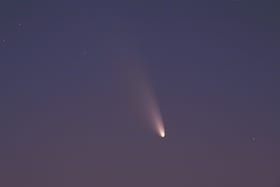
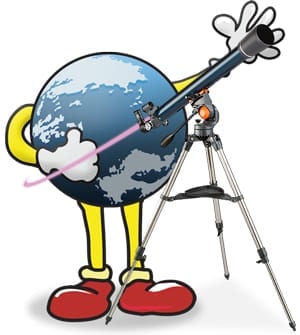
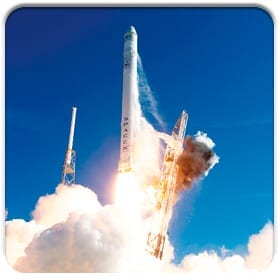
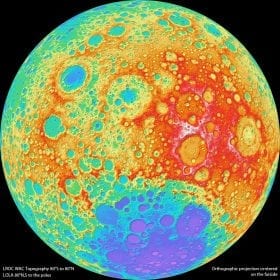



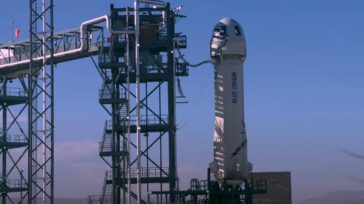


30 METERS?? That’s over 98 feet!!